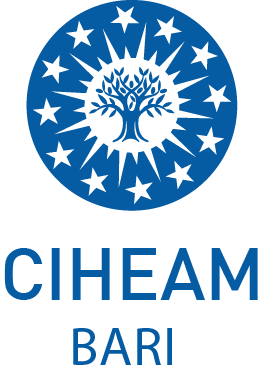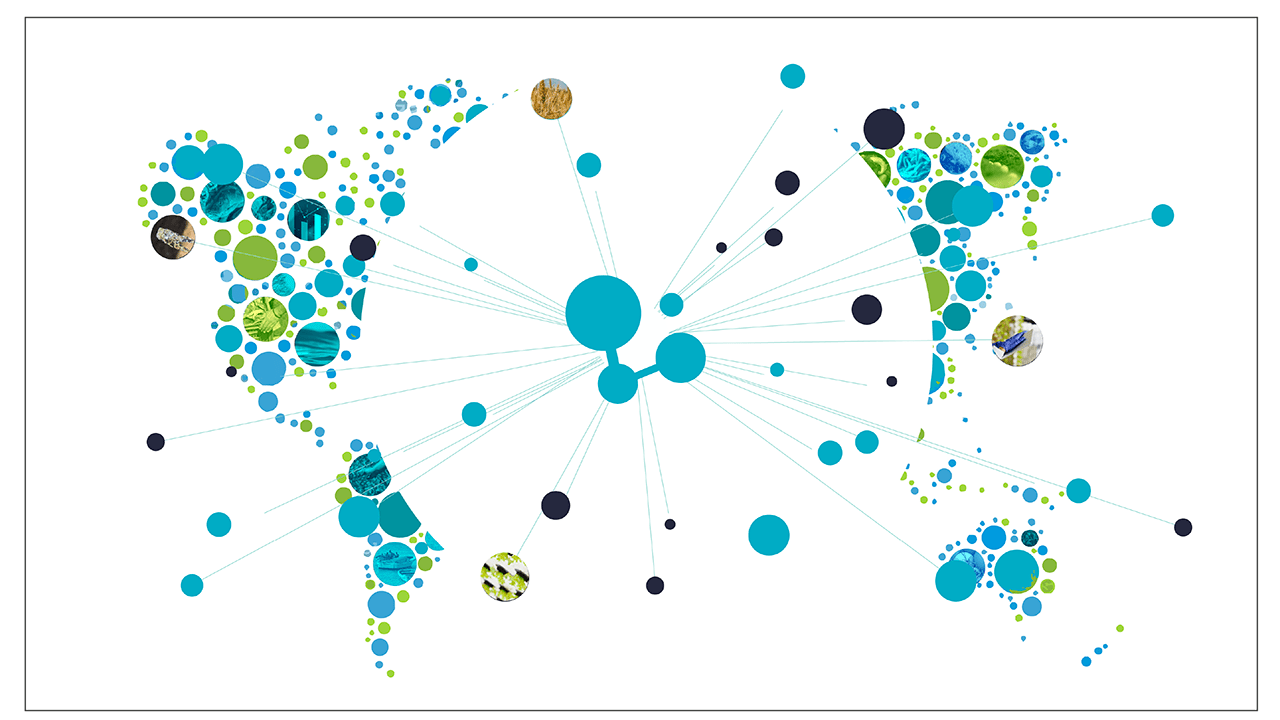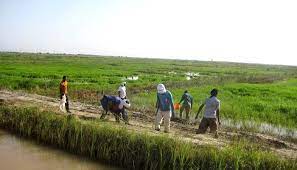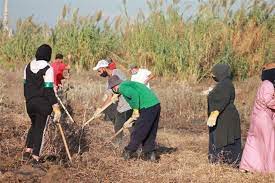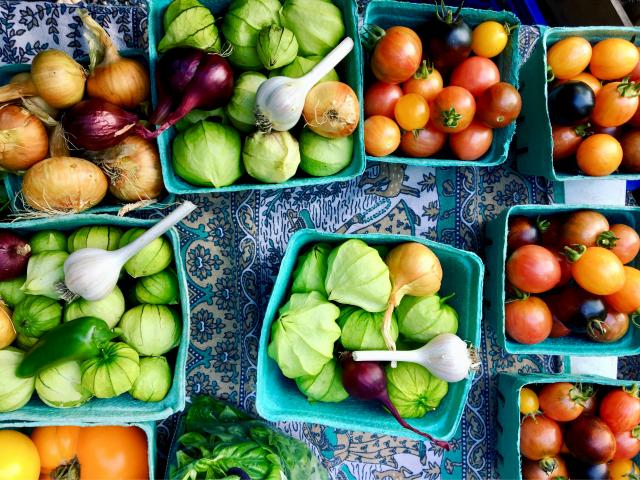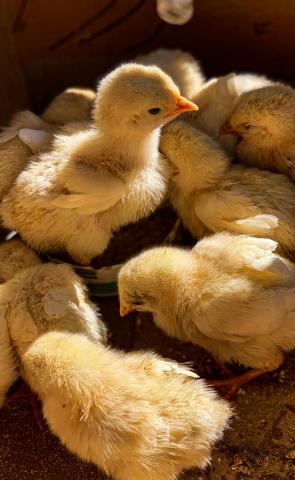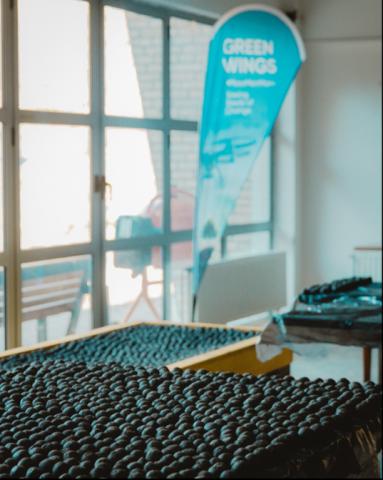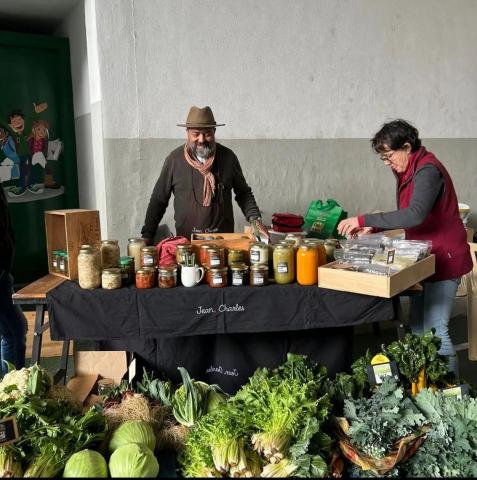Period
2023 - 2023
This practice involves the establishment of a 'crab bank network' by artisanal fishers in collaboration with the Department of Fisheries, local universities and the private sector. Addressing challenges such as leadership, budget constraints and coordination among fishers, the initiative focuses on the sustainability of blue swimming crab by improving stocks through a strategic crab bank system. The practice begins with community meetings to explain the purpose and benefits of the crab bank system. Training is provided on the life cycle of crabs and how to help fishers implement the crab bank concept. Essential tools and equipment are provided, and fishers contribute by catching pregnant female crabs, raising them and releasing them back into the sea. Success is demonstrated by increased crab catches, which indicate the survival and growth of zoea released from the crab banks. Success factors include the cooperation and active participation of the fishermen in the operation of the crab banks, which ultimately benefits their catches. This approach can be replicated in similar fisheries, using community cooperation and local support for sustainability.
You must be registered to see all the content
Identification needs
Artisanal fishers in communities often struggle to work together due to a lack of leadership and budget. Local bodies can provide the necessary support to help them carry out their activities successfully. With time, the group can work together effectively.
Stakeholder change
The meeting with the fishers in the communities began with an explanation of how we can help them and why we are doing this. We also discussed what we need to cooperate with them. Following this, we conducted a training course on the crab bank system. The training covered the fisheries situation on blue swimming crab in Thai Waters, the life cycle of this crab, and how the fishers can support the crab bank activity. Finally, we provided the necessary tools and equipment to start up the crab bank activity. The fishers caught crabs, and if they caught a gravid female crab, they took it to the crab bank. There, they put it in a water tank with an aerator and waited for it to release its eggs and hatch into zoea. They then released all the zoea from the tank into the sea.
Change triggered
After the activity was completed, the fishers were able to catch more blue swimming crabs in their catch. This indicates that the zoea released from the crab bank activity were able to survive and grow to a larger size, which allowed the fishermen to catch them. The success of this practice is due to the cooperation of the fishers who provide gravid female crabs to the group, participate in running the crab bank, and help release the zoea into the sea in front of the communities.
Short description
Practicing this technique is easy and straightforward. However, it is important to take care of healthy gravid females during transportation by placing them in containers filled with sea water. If possible, an aerator should be provided. Additionally, the sea water salinity should be higher than 25 ppt to increase the survival rate of hatched zoea.




